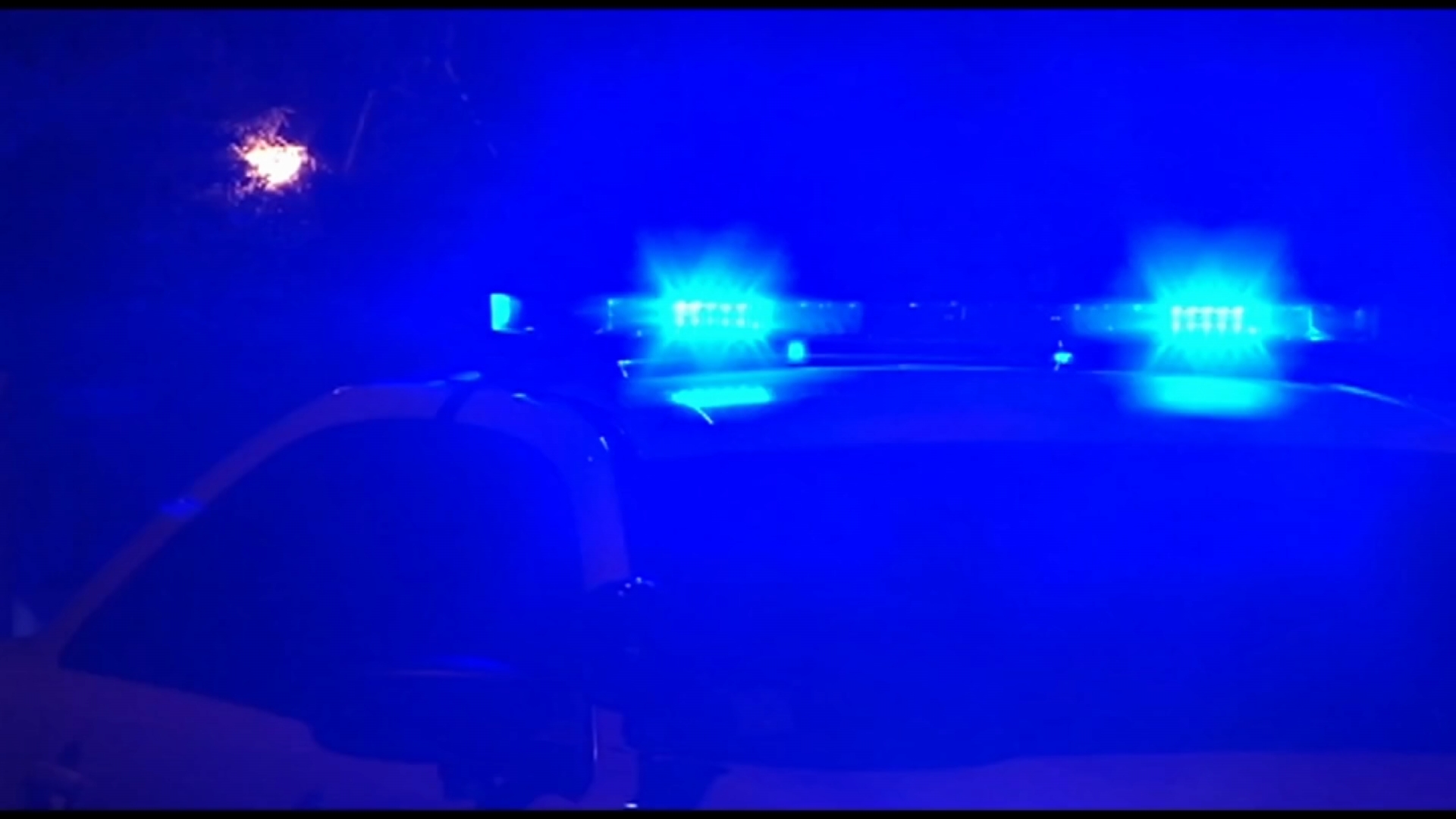Four Illinois counties have reached a "warning level" for coronavirus, the Illinois Department of Public Health said Friday.
Adams, LaSalle, Peoria and Randolph counties were all named by the department for reaching "two or more COVID-19 risk indicators."
According to IDPH the concerning numbers coming out of the four counties is due in large part to "outbreaks associated with business and risky behavior."
The department cited the following activities for sparking the warning:
Adams County: larger social events, health care exposure, travel to hotspots including those in neighboring Missouri and Iowa, places of worship, and youth sports.
LaSalle County: large family and social gatherings, increase in cases among people younger than 29 years, younger people visiting bars and attending larger social events, and inconsistencies with masking requirements.
Peoria County: increases in cases among people younger than 29 years, large gatherings including 4th of July parties, and people traveling to Florida, Iowa, Texas, and Wisconsin.
Randolph County: congregate settings, numerous bars not complying with distancing and masking, a large party with more than 200 people, and among households.
In late June, state health officials launched a color-coded county map that offers a look at how each county fares based on "indicators" such as percentage of positive cases, amount of testing and other metrics used by the state.
Counties meeting set targets are indicated in blue, while counties that are not meeting the targets are displayed in orange.
Local
Among the metrics evaluated to determine if a county has reached a "warning level" are:
• New cases per 100,000 people. If there are 50 or more new cases per 100,000 people in the county, this triggers a warning.
• Number of deaths. This metric indicates a warning when the number of deaths increases more than 20% for two consecutive weeks.
• Weekly test positivity. This metric indicates a warning when the 7-day test positivity rate rises above 8%.
• ICU availability. If there are fewer than 20% of intensive care units available in the region, this triggers a warning.
• Weekly emergency department visits. This metric indicates a warning when the weekly percent of COVID-19-like-illness emergency department visits increase by more than 20% for two consecutive weeks.
• Weekly hospital admissions. A warning is triggered when the weekly number of hospital admissions for COVID-19-like-illness increases by more than 20% for two consecutive weeks.
• Tests perform. This metric is used to provide context and indicate if more testing is needed in the county.
• Clusters. This metric looks at the percent of COVID-19 cases associated with clusters or outbreaks and is used to understand large increase in cases.
According to IDPH, when a county reaches a warning level it is "intended to be used for local level awareness to help local leaders, businesses, local health departments and the public make informed decisions about personal and family gatherings, as well as what activities they choose to do."
Earlier this week, Gov. J.B. Pritzker said one of Illinois' 11 health care regions was "dangerously close" to seeing more restrictions put in place to slow the spread of the deadly coronavirus.
One of the counties now at a "warning level" is included in that region.
Region 4, the Metro East region bordering St. Louis, Missouri, was the area in question, Pritzker said. That region includes Bond, Clinton, Madison, Monroe, Randolph, St. Clair and Washington counties.
"Yesterday in the Metro East region, I sounded the alarm on the region’s 7.1% rolling seven-day average positivity rate compared to the state’s overall 3.1%," Pritzker said at a news conference. He added that the other 10 regions in the state have a positivity rate below 5%.



